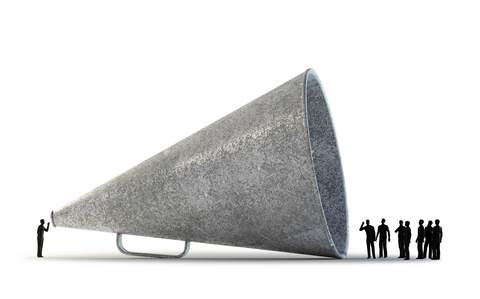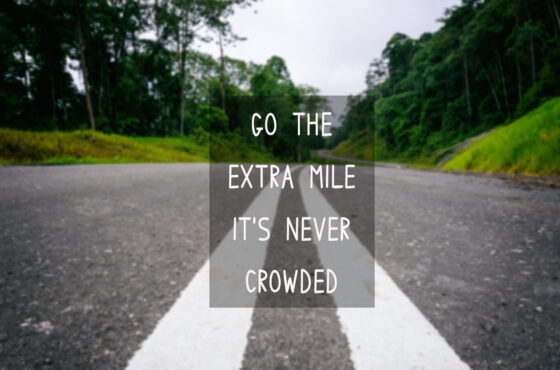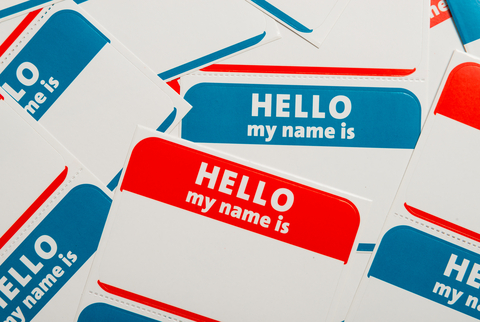You want what? – Better results through client conversations
Measure twice, cut once. It doesn’t matter the activity. Time spent on preparation pays off in the end. Research and investigations are no different.
Misunderstandings lead to poor results and unhappy clients (including bosses). Success depends on making the most of your initial conversation – the request for information. When I worked in libraries, we called it the reference interview. Independent researchers and investigators call it the client interview. It’s how we determine what a client really wants, when they need it, and how they want to receive it. Sometimes we don’t have a lot of time to get at the core of their questions, and, in some cases, there’s no second chance.
So, how do you get the best results from this opportunity? How do you cut to the chase and find out what you need? To answer these questions, I turned to Mary Ellen Bates, business consultant and solopreneur coach, and – as usual – her answers are full of great ideas and insights:
What are the biggest mistakes we make in client interviews?
The biggest mistake most of us make is assuming that we know what our client is talking about. We want to be easy to work with – I call it being frictionless – so we try to make the conversation as streamlined as possible. We assume we know why a client is calling, what’s motivating the request. Or we assume we can learn everything we need in an email exchange, not realizing that all the juicy insights come from the follow-up question, the “can you say more about that?” prompt. Or we assume that the client’s needs this time are generally the same as they have been in the past, leaving us flat-footed when it turns out that our client is on to a new area.
I’ll never forget the time when a long-time client in the telecom field called me and asked for trends in the “mobile marketing” arena. I assumed he was referring to advertising on mobile devices and it wasn’t until the end of our conversation, when I made a passing comment about Facebook and iPhones, that he said “Wait, you don’t have any idea what I’m talking about, do you?” It turns out he was interested in mobile billboards – trucks designed not to carry freight but simply to be driven around town displaying advertising on their side panels. Had it not been for a chance remark, I would have been completely off in my deliverable. Now I make sure that I reword all aspects of the request into other words, to make sure I catch these types of ambiguities.
What’s the most important question you can ask a client before starting a research or investigative project?
I used to think that the most important question is “If I can’t find exactly what you want, what would be second best?” This really is the $64,000 question, because it prompts my clients to think past their initial conception of the issue and to think of what they really want.
But now I think I have a $6 million question, because it moves beyond the question and gets to the result: “What will you do next, after you’ve read my report?” I am trying to figure out what my client’s ultimate outcome is – what is the problem to be solved, the decision to be made, or the next step to be taken? In addition to gaining a better grasp of my client’s concerns, I often find that asking “what next” enables me to design a better deliverable in a format more conducive for whatever is going to happen next. If my client is going to share the results with her staff, I might offer a slide deck with key points highlighted. If my client says he is making a decision on the feasibility of a new market, I will include a chart with the key risk elements highlighted.
Any other tricks for leading the client through this process and for a successful client interview?
One trick I use is just keeping my mouth shut. People start feeling uncomfortable with a pause of just a second or two in a conversation, and that’s just long enough for my client to take a breath and talk some more about the underlying issues and what’s at stake. At the end of the conversation, I might ask “Is there anything else you can think of that might help me on this project?” And perhaps this is just semantics, but I avoid using the word interview to describe my interaction with my client. I see it more of a joint exploration, a conversation about my client’s situation and concerns, thoughts on what the best outcome would be, and a discussion of deliverable format and deadline. I may be asking most of the questions, but there is more going on than just filling in the blanks. Part of my value as a long-time information professional is in knowing how to help my clients suss out what they really need and figure out how I can best help them accomplish their goals.




[…] call this the reference interview, others call it a client interview. I prefer to call it a conversation, since there’s a lot of back and forth. While different clients require different […]